Cover versions that made No.1.


The cover version can be difficult, but if an artist pulls it off, they can create something incredible that completely overshadows the original. These songs did just that. We look at cover versions that managed what song purists would call unthinkable – they charted higher than the original, all becoming number 1 hits.
Love Is All Around
Reg Presley, lead singer of The Troggs, wrote ‘Love Is All Around’ in about ten minutes, inspired by a TV broadcast of the Salvation Army band Joystrings performing an evangelical song titled ‘Love That’s All Around’. The Troggs recorded Presley’s song at Pye Studios for the record label Page One owned by their manager Larry Page, who also produced the recording. The single was released in the UK in October 1967 becoming a modest top 10 hit. ‘Love Is All Around’ has been covered by numerous artists, including R.E.M., with whom the Troggs subsequently recorded their 1992 comeback album Athens Andover. British screenwriter Richard Curtis approached Scottish band Wet Wet Wet about recording a cover song for the soundtrack for his 1994 film Four Weddings and a Funeral. The band got to pick between three choices of songs, the other two being ‘I Will Survive’ by Gloria Gaynor and ‘Can’t Smile Without You’ by Barry Manilow. Singer Marti Pellow related that the decision to pick ‘Love Is All Around’ was an easy choice “because we knew we could make it our own”. Released on 9 May 1994 it remained at the top of the UK charts for 15 weeks, the joint third-longest UK chart reign of all time. Reg Presley famously spent some of his songwriting royalties on crop circle research.
Hallelujah
In 2008, X Factor winner Alexandra Burke had a Number 1 with this cover of the Leonard Cohen track originally released on his album Various Positions (1984). The original never charted, but following an outcry by fans, it did reach Number 36 the same week Alexandra’s went to Number 1 in the UK. Another cover by the late Jeff Buckley sat right behind Alex’s, but the X Factor star won the race, selling over 1.2 million copies. The song had also found greater popular acclaim through a version recorded by John Cale in 1991. Cale’s version inspired the 1994 recording by Jeff Buckley.
Killing Me Softly
In 1973 ‘Killing Me Softly with his Song’ became a number-one hit in the United States, Australia and Canada for Roberta Flack, and also reached number six on the UK Singles Chart and won the 1974 Grammy for Record of the Year and Best Female Pop Vocal Performance. Lauryn Hill’s powerful vocal plus, of course, Wyclef Jean saying “one time” in the background quite a lot – helped the Fugees’ version rocket to Number 1 for 5 weeks beginning June 1996. Their version also topped the charts in twenty countries and won the 1997 Grammy for Best R&B Performance by a Duo or Group with Vocal.
Lady Marmalade
A demo of the song was first recorded by The Eleventh Hour, a disco group made up of studio musicians. In 1975 LaBelle took the song to the charts. The song is famous for the repeated refrain of “Voulez-vous coucher avec moi?” in French as part of the chorus, a sexually suggestive line that translates into English as: “Do you want to sleep with me?” Two alternate versions went to Number 1: first for British girl group All Saints in 1998, (which contains different lyrics for its verses) then a raucous team-up from Pink, Christina Aguilera, Lil Kim and Mya in 2001 which appeared as part of a medley in the Baz Luhrmann film Moulin Rouge!
I Love Rock ‘n’ Roll
‘I Love Rock ‘n’ Roll’ was written by Alan Merrill and Jake Hooker and first recorded in 1975 by the Arrows, a British rock band. The Arrows had two 14-week television shows in the UK called Arrows in 1976 and 1977. They had UK chart hit singles in 1974 and 1975 with ‘Touch Too Much’ and ‘My Last Night with You’, produced by Mickie Most on RAK Records. Joan Jett saw the Arrows perform ‘I Love Rock ‘n’ Roll’ on their weekly UK television series while she was touring England with The Runaways in 1976. Jett first recorded the song in 1979 with two of the Sex Pistols, Steve Jones and Paul Cook. This first version was released in 1979 as a B-side to ‘You Don’t Own Me’. In 1981, Jett re-recorded the song, this time with her band, the Blackhearts. This single was released in late 1981 and became a US Billboard Hot 100 number-one single for seven weeks.
Twist and Shout
Written by Phil Medley and Bert Berns in 1961, ‘Twist and Shout’ was originally recorded by the US R&B vocal group, The Top Notes, but it did not become a hit until it was reworked by the Isley Brothers in 1962. The Beatles‘ rendition of ‘Twist and Shout’ was released on their first UK album Please Please Me, inspired by the Isley Brothers’ version. Recording took place on 11 February 1963 and John Lennon was suffering from a bad cold, which he attempted to treat with a steady supply of throat lozenges. The performance, caught on the first take, prompted producer George Martin to say: “I don’t know how they do it. We’ve been recording all day but the longer we go on the better they get.” Lennon later remarked, “The last song nearly killed me. My voice wasn’t the same for a long time after; every time I swallowed, it was like sandpaper.”
Mad World
‘Mad World’ was originally written on acoustic guitar by Roland Orzabal was 19 after being inspired to write a new wave song in the vein of Duran Duran’s ‘Girls on Film’. His group Tears For Fears took the song to Number 3 in 1982. Written by Orzabal and sung by bassist Curt Smith, it was the band’s third single release and first chart hit that appeared on the band’s debut LP The Hurting (1983). This cover and an appearance in the cult movie Donnie Darko sent it stratospheric. It’s not the most festive of themes, but film score composer Michael Andrews and American singer-songwriter Gary Jules’s stripped-down version of ‘Mad World’ scored the official Christmas Number 1 in the UK in 2003.
Without You
‘Without You’ was written by Pete Ham and Tom Evans of British rock group Badfinger, and first released on their 1970 album No Dice. The power ballad has since been recorded by over 180 artists. The two writers of the song, Ham and Evans, later committed suicide due to legal and financial issues. In Evans’ case, it was a dispute over songwriting royalties for ‘Without You’ that precipitated his action. Harry Nilsson, at the time best known for his hit ‘Everybody’s Talkin” heard Badfinger’s recording of “Without You” at a party, and mistook it for a Beatlessong. He decided to cover the song for his 1971 album Nilsson Schmilsson and the single was released in the autumn of 1971 and peaked at the top of the US chart in February 1972. The record spent five weeks at number one on the UK Singles Chart, eventually selling almost 800,000 copies. Mariah Carey‘s version, based on Harry Nilsson’s version rather than the Badfinger original, was released as the third single off Music Box in 1994 and also peaked at number 1 on the UK chart. Carey’s decision to record the song was based on a chance hearing during the time she was recording Music Box: “I heard that song in a restaurant and just knew it would be a huge international hit”.
Don’t Leave Me This Way
Originally released in 1975 by American soul and R&B vocal group Harold Melvin & the Blue Notes featuring Teddy Pendergrass and then American singer Thelma Houston which won the Grammy for Best Female R&B Vocal Performance. The song was originally assigned to Diana Ross, as it was intended to be the follow-up to her 1976 single ‘Love Hangover’, but was reassigned to Houston instead. Nine years later, Jimmy Somerville’s band the Communards made the song a Number 1 hit in the UK when it featured guest vocalist Sarah Jane Morris where it topped the Chart for four weeks in September 1986, becoming the best-selling single of the year in the UK.
Always On My Mind
First recorded by American singer Brenda Lee and first released by Gwen McCrae (as ‘You Were Always on My Mind’) in March 1972. Lee’s version was released three months later in June 1972. Lee had achieved her first Billboard hit aged 12 in 1957 and was given the nickname “Little Miss Dynamite”. Elvis Presley recorded ‘Always on My Mind’ on March 29, 1972, a few weeks after his February separation from his wife, Priscilla. (In 2013 the recording ranked number one in a poll conducted by ITV, “The Nation’s Favourite Elvis Songs”, just ahead of ‘Suspicious Minds’ and ‘Can’t Help Falling in Love’. Willie Nelson recorded and released the song in early 1982 where it raced to number one on Billboard’s Hot Country Singles chart. English synth-pop duo Pet Shop Boys covered this classic in a TV tribute on the tenth anniversary of Elvis’s death in 1987, and never intended it to be a single. The general public, however, had other ideas, and demand was so high, the single was released midway through the campaign for the Pet Shop Boys’ second album Actually. It gave them a third chart-topper and was the UK Christmas Number 1 that year.
Tainted Love
‘Tainted Love’ is a song composed by Ed Cobb, formerly of the American group the Four Preps, which was originally recorded by American singer Gloria Jones in 1964, with renowned session musician and virtuoso guitarist Glen Campbell on lead guitar. In the 1970s, Jones was a keyboardist and vocalist in Marc Bolan‘s glam rock band T. Rex. She and Bolan were also in a relationship and had a son together. She was the driver of the car, a Mini 1275 GT, that struck a tree near Barnes Common, killing Bolan on September 16, 1977, Jones survived the crash but was critically injured. A cover by British synthpop duo Soft Cell took the song into the UK’s Official Chart for the first time in 1981, going all the way to Number 1. It’s been covered by numerous artists since – including Marilyn Manson, who scored a Top 5 hit with it in 2002.
All Along the Watchtower
Bob Dylan was telling the story of a joker and a thief, and claimed that he thought of the song during a thunderstorm. Jimi Hendrix had been given a reel-to-reel tape of Dylan’s unreleased recordings by publicist Michael Goldstein and recorded the song. Released six months after Dylan’s rendition appeared on his eighth album, John Wesley Harding in 1967, Jimi Hendrix’s electrified version, recorded for the guitarist’s third and final album Electric Ladyland was released prior to his death in 1970. Hendrix’s friend and Rolling Stones multi-instrumentalist Brian Jones contributed the dry rattles featured in the intro, played on a vibraslap. Hendrix initially intended to record Dylan’s ‘I Dreamed I Saw St. Augustine’ but changed this to ‘All Along the Watchtower’. Two years later he would also record ‘Drifter’s Escape’ from the John Wesley Harding album.
I Will Always Love You
Dolly Parton famously wrote ‘I Will Always Love You’ within the same day as one of her other biggest hits ‘Jolene.’ Originally written in 1973 by Parton as a farewell to her former mentor and business partner throughout the ’60 and ’70s, the late Porter Wagoner. When the 1974 recording of the song reached number one on the country charts, Elvis Presley indicated that he wanted to record the song. Parton was interested until Presley’s manager, Colonel Tom Parker, told her that it was standard procedure for the songwriter to sign over half of the publishing rights to any song Elvis recorded. Parton refused. Nearly 20 years later Whitney Houston transformed it into the staple of one of the top-selling film soundtracks of all time for the 1992 film The Bodyguard, starring Houston and Kevin Costner. To date, Houston’s rendition of ‘I Will Always Love You’ has surpassed 1.1 billion views on YouTube.
Girls Just Want to Have Fun
Robert Hazard’s original version of ‘Girls Just Want to Have Fun’ was from the male perspective about women in the bedroom. But Lauper at the height of her ‘80s glory took the song and reinvigorated it with a playful feminist flair, transforming it into an eternal anthem for girls’ nights across generations. The track is a synthesizer-backed anthem, from a feminist perspective, conveying the point that all women really want is to have the same experiences that men can have.
With a Little Help from My Friends
Many artists have covered Beatles songs, it’s hard to improve on most but on this rare instance it happened. Joe Cocker knocked it out of the park with this one, taking a straightforward Ringo track from Sgt. Pepper’s Lonely Hearts Club Band and interlacing it with gospel backup, emotionally powerful vocals and a steady build into the stratosphere. Cocker used a slower tempo than the original and deployed different chords in the middle eight while adding a lengthy instrumental introduction. The recording featured drums by Procol Harum‘s B.J. Wilson, guitar lines from Jimmy Page. Cocker performed the song at Woodstock in 1969 and that performance was included in the documentary film, Woodstock. Two weeks later he performed it at the Isle of Wight Festival in 1969.
I Shot the Sheriff
The song was first released in 1973 on The Wailers’ album Burnin’. Bob Marley explained his intention: “I want to say ‘I shot the police’ but the government would have made a fuss so I said ‘I shot the sheriff’ instead… Eric Clapton recorded a cover version that was included on his 1974 album 461 Ocean Boulevard. His performance of the song adds soft rock to the reggae sound. It peaked at number one on the Billboard Hot 100, his only US number one to date. In 2003, Clapton’s version was inducted into the Grammy Hall of Fame.
Respect
‘Respect’ was written and originally recorded by American soul singer Otis Redding and released in 1965 as a single from his third album Otis Blue/Otis Redding Sings Soul and became a crossover hit for the singer. Two years later in 1967, fellow soul singer Aretha Franklin covered and rearranged ‘Respect’ and was featured on Franklin’s 1967 breakthrough Atlantic Records debut album, I Never Loved a Man the Way I Love You. When released as a single it topped the US chart and became her signature song. In 2021, when Rolling Stones updated The 500 Greatest Songs Of All Time Franklin’s cover of ‘Respect’ was moved up to number 1.
I Heard it Through the Grapevine
‘I Heard It Through the Grapevine’ was written by Norman Whitfield and Barrett Strong for Motown Records in 1966. The first recording of the song to be released was produced by Whitfield for Gladys Knight & the Pips and released as a single in September 1967. It went to number one on the Billboard R&B Singles chart and number two on the Billboard Pop Singles chart and shortly became the biggest-selling Motown single up to that time. The Marvin Gaye version was the second to be recorded, in the beginning of 1967 and was placed on his 1968 album In the Groove, a year and a half later. Motown founder Berry Gordy finally agreed to its release as a single on the Tamla subsidiary in October 1968, when it went to the top of the Billboard Pop Singles chart for seven weeks from December 1968 to January 1969, overtaking the Gladys Knight & the Pips version as the biggest hit single on the Motown family of labels up to that point.
MacArthur Park
‘MacArthur Park’ was written by American singer-songwriter Jimmy Webb in the summer and fall of 1967. The inspiration for the song was his relationship and breakup with Susie Horton. MacArthur Park, in Los Angeles, was where the couple would occasionally meet for lunch and spent their most enjoyable times together. Webb presented the song to American sunshine pop band The Association, but the group rejected it. The song was later recorded first by Irish actor and singer Richard Harris in 1968. Harris’s version peaked at number two on the Billboard Hot 100 chart and number four on the UK Singles Chart. ‘MacArthur Park’ was subsequently covered by numerous artists, including a 1970 Grammy-winning version by country music singer Waylon Jennings and a number one Billboard Hot 100 disco arrangement by Donna Summer in 1978. Webb won the 1969 Grammy Award for Best Arrangement for the Richard Harris version.
Bette Davis Eyes
‘Bette Davis Eyes’ was written in 1974 by Donna Weiss (Weiss sang backing vocals on the Bob Dylan hit ‘Knocking on Heavens Door’) and Jackie DeShannon, the latter of whom recorded the song that same year for her album New Arrangement. DeShannon was one of the first female singer-songwriters of the rock and roll period. She is best known as the singer of ‘What the World Needs Now Is Love’ and ‘Put a Little Love in Your Heart’, and as the writer of ‘When You Walk in the Room’. In this original incarnation, the track is performed in an R&B lite arrangement, featuring a prominent uptempo piano part, as well as flourishes of pedal steel guitar and horns. However, it was not until March 1981, when Kim Carnes recorded her version of the song in a radically different synthesizer-based arrangement, that it became a commercial success. Actress Bette Davis was 73 when Carnes’s version became a hit. She wrote letters to Carnes, Weiss, and DeShannon to thank them for making her “a part of modern times” and said that her grandson now looked up to her. The song won the 1981 Grammy Awards for Song of the Year and Record of the Year.
Got My Mind Set on You
‘Got My Mind Set on You’ was written and composed by Rudy Clark and originally recorded by James Ray in 1962, under the title ‘I’ve Got My Mind Set on You’. George Harrison purchased a copy of Ray’s album in 1963 when he went to the United States to visit his sister (five months before the Beatles first appeared on The Ed Sullivan Show). The Beatles would also play the James Ray song ‘If You Gotta Make a Fool of Somebody’ in early live shows. In January 1987, Harrison began recording the song at his Friar Park home studio, with Jeff Lynne producing. Of Harrison’s three number-one singles in the US, it was the only song not written or composed by Harrison himself.
Sailing
‘Sailing’ was composed by Gavin Sutherland of the Scottish folk and soft rock duo Sutherland Brothers in 1972 and when issued as a single, the song reached No.54 on the UK chart in July 1972. The group recorded several albums and had a significant international hit single with the song ‘Arms of Mary’ in 1976. According to Iain Sutherland the connection between the Sutherland Brothers and Rod Stewart which led to Stewart’s recording of ‘Sailing’ began when Stewart’s live-in girlfriend Dee Harrington saw the Sutherland Brothers on the BBC2 music program The Old Grey Whistle Test: Harrington recommended the Sutherland Brothers to Stewart and he became a fan after seeing them perform at the Marquee Club, London, UK. ‘Sailing’ was recorded by Stewart for his first album recorded in North America rather than Great Britain: Atlantic Crossing, which was recorded in 1975 at Muscle Shoals Sound Studio with Tom Dowd producing. The first single from the album, ‘Sailing’ was an international hit, notably in the UK, where it was number 1 for four weeks in September 1975.



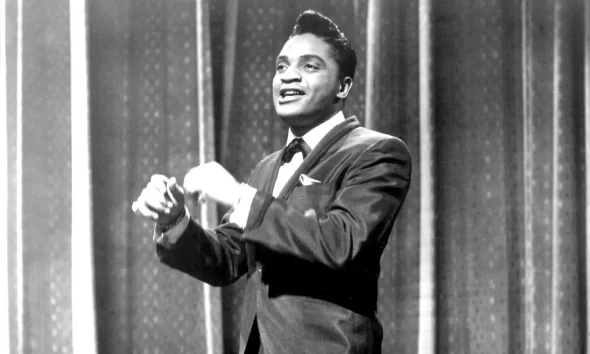
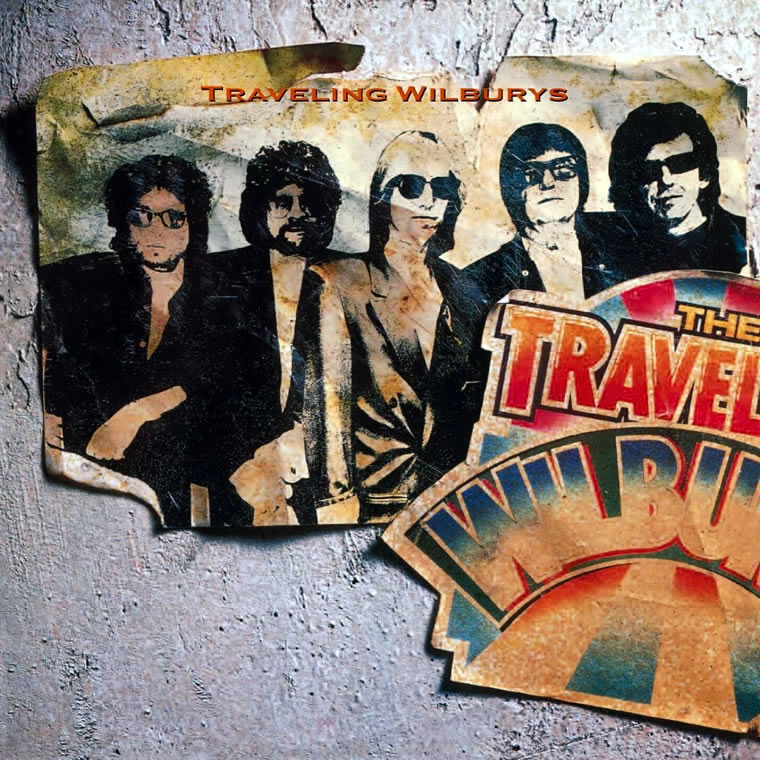
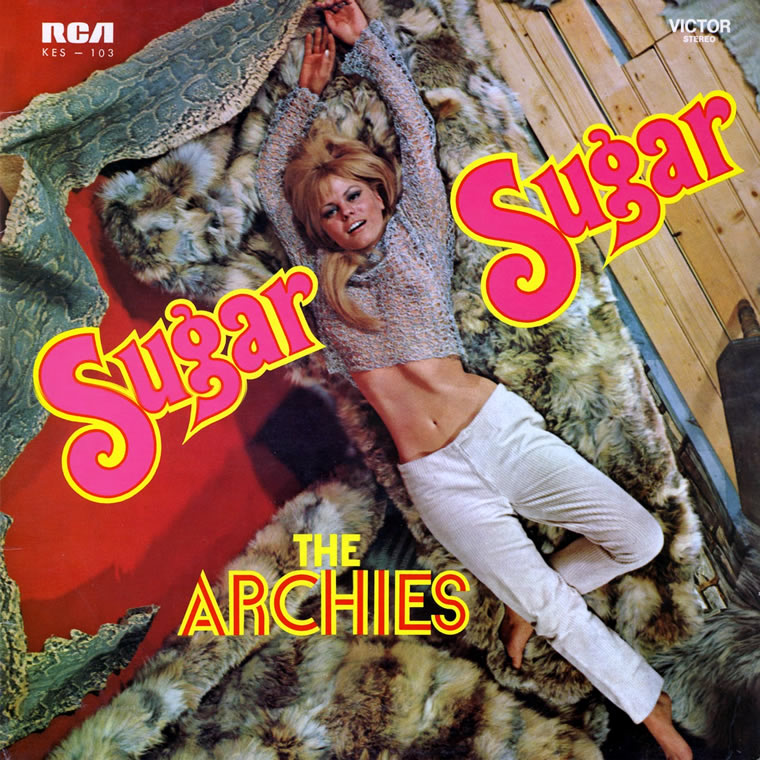
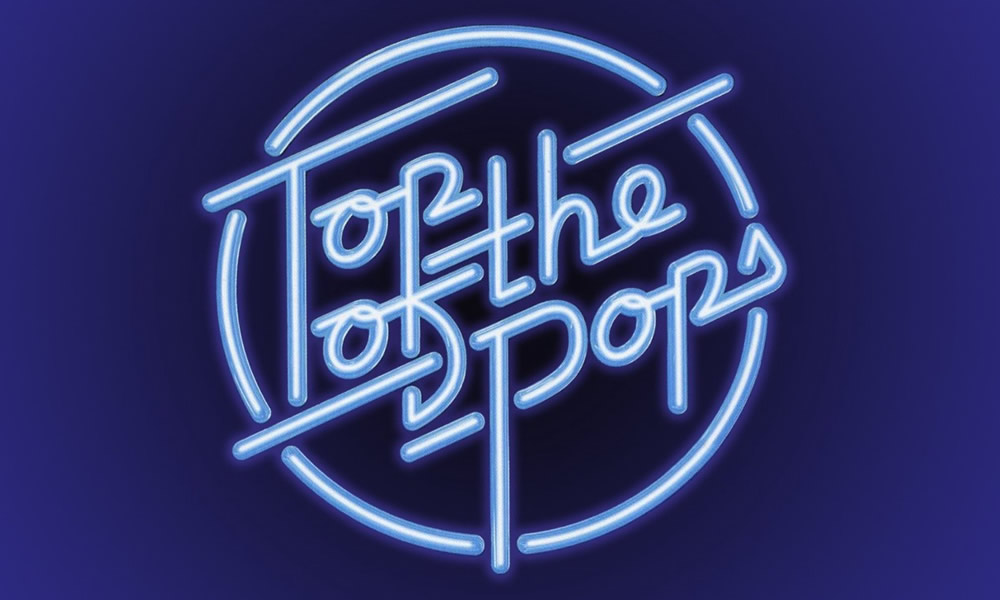
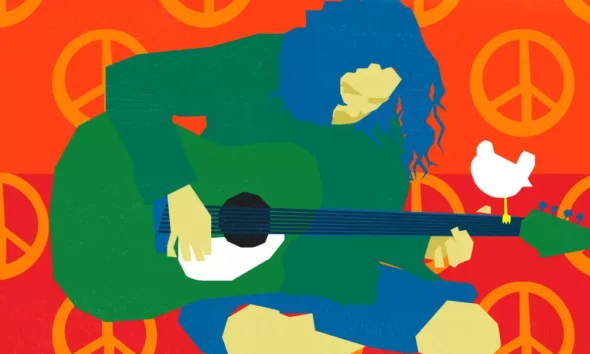



Michael Bilsbury
June 19, 2024 at 10:54 am
With a little help from my friends – joe cocker version. What was also remarkable was that he changed to time signature from 4/4 time to 3/4 time.
Neil Cossar
June 19, 2024 at 9:12 pm
Yes, brilliant version. He put his heart and soul into that track.